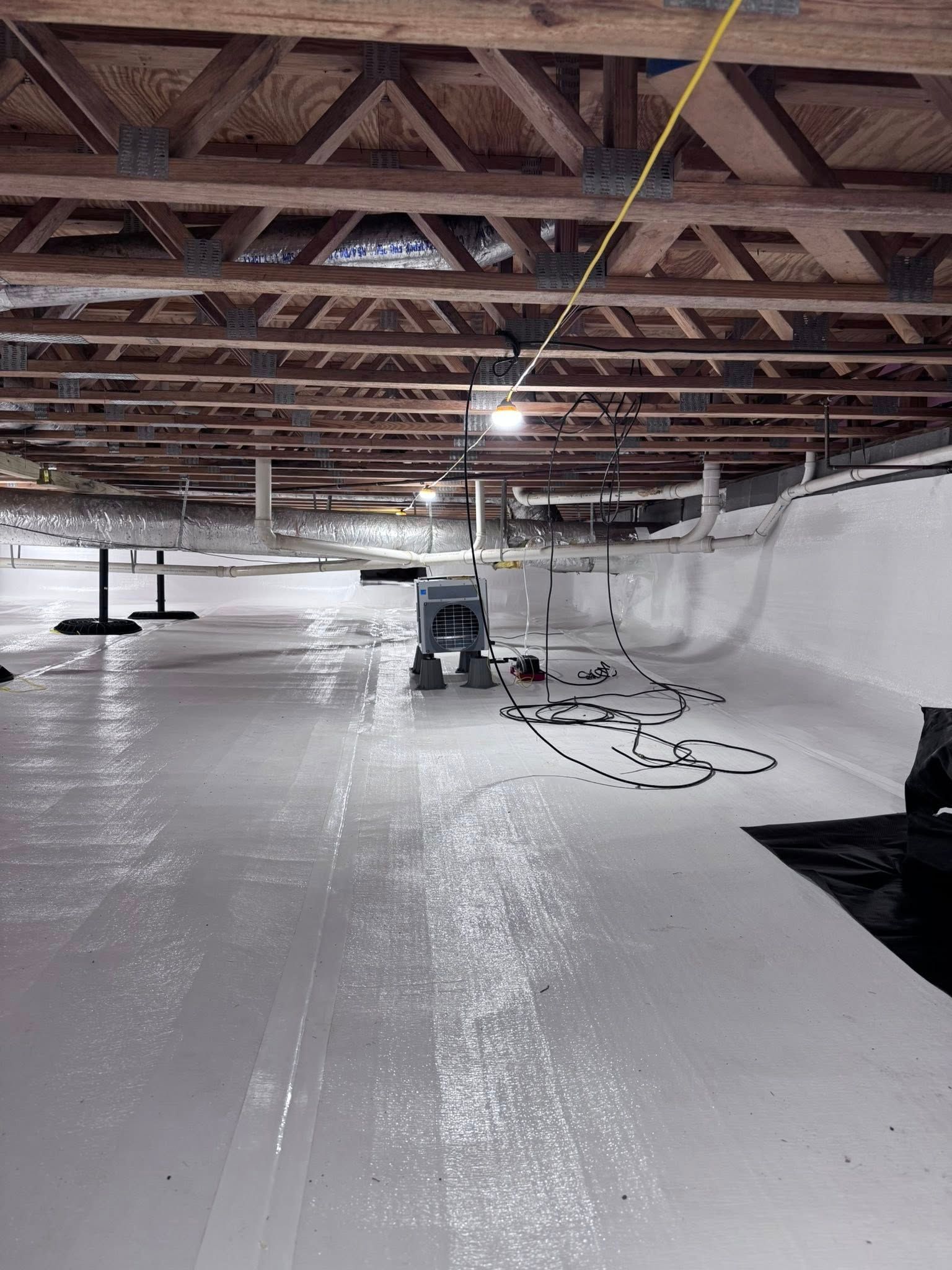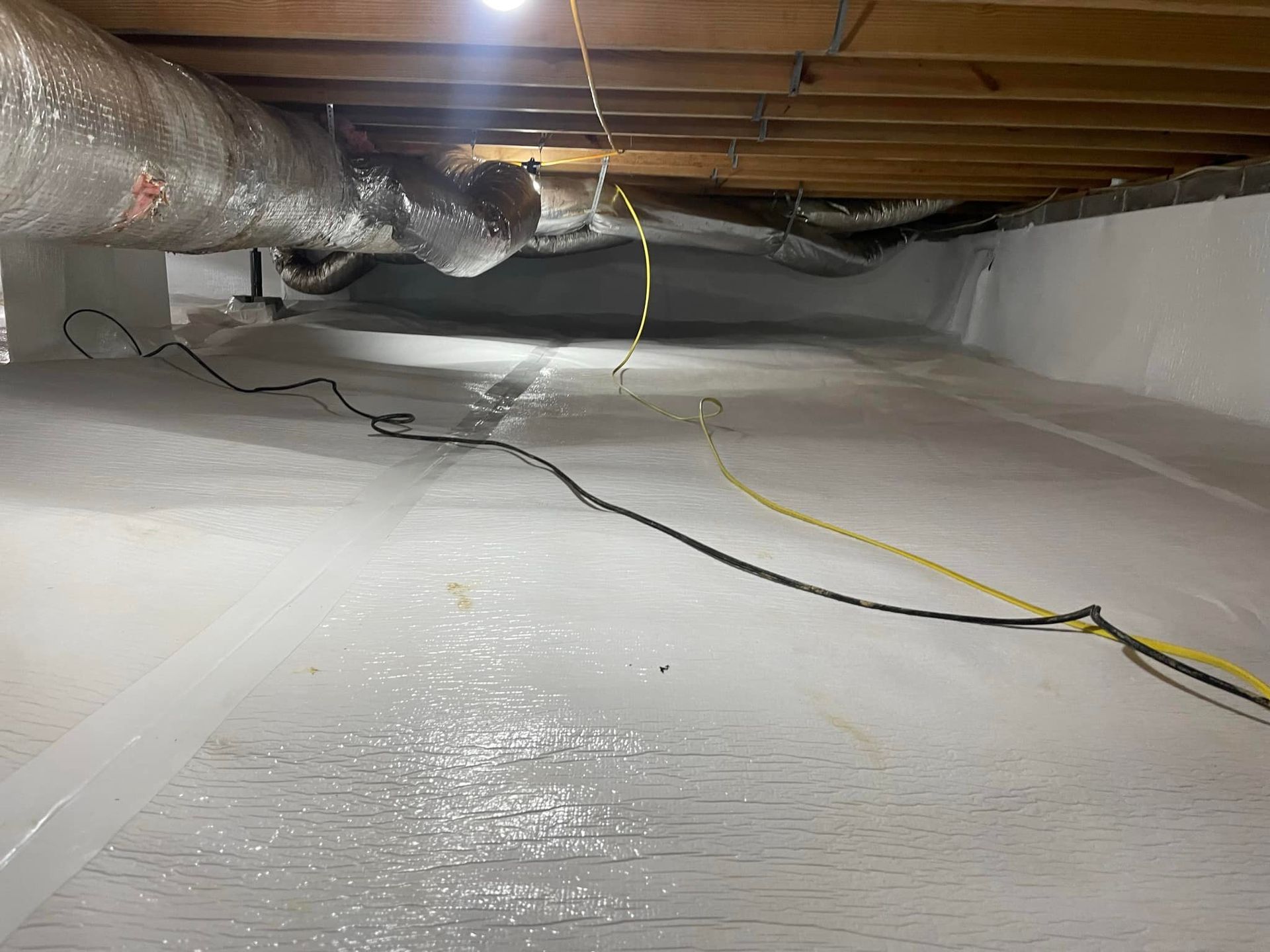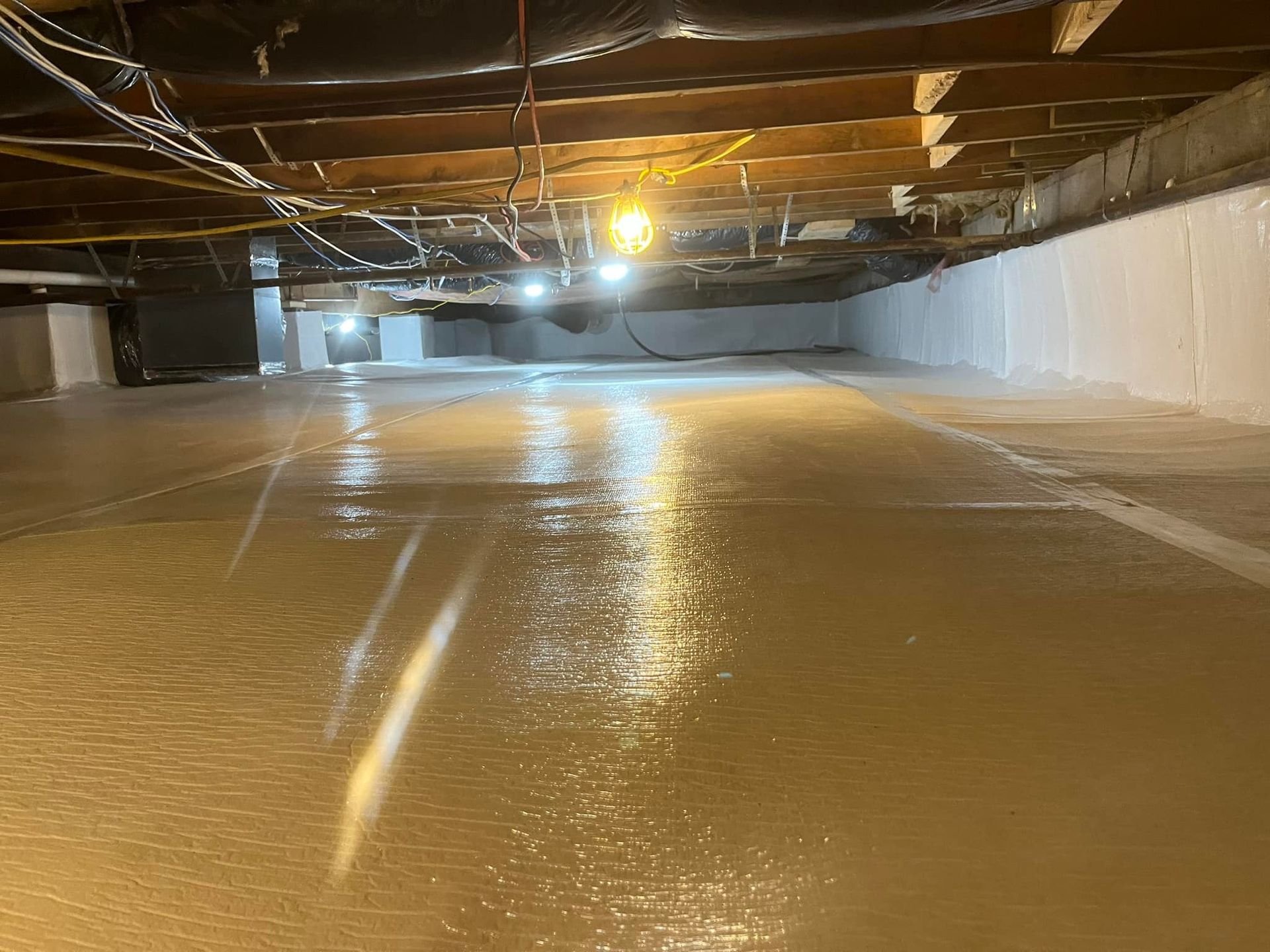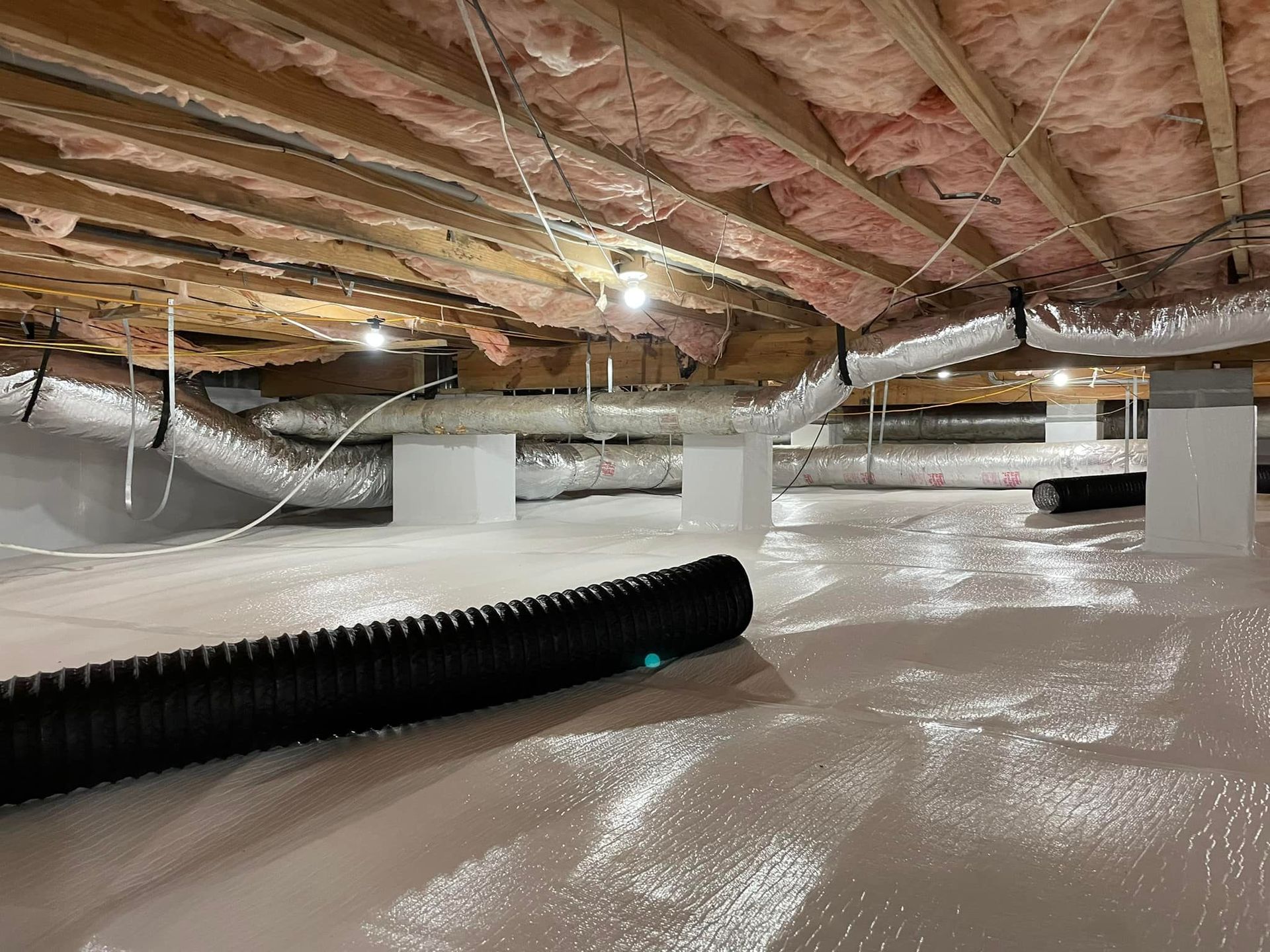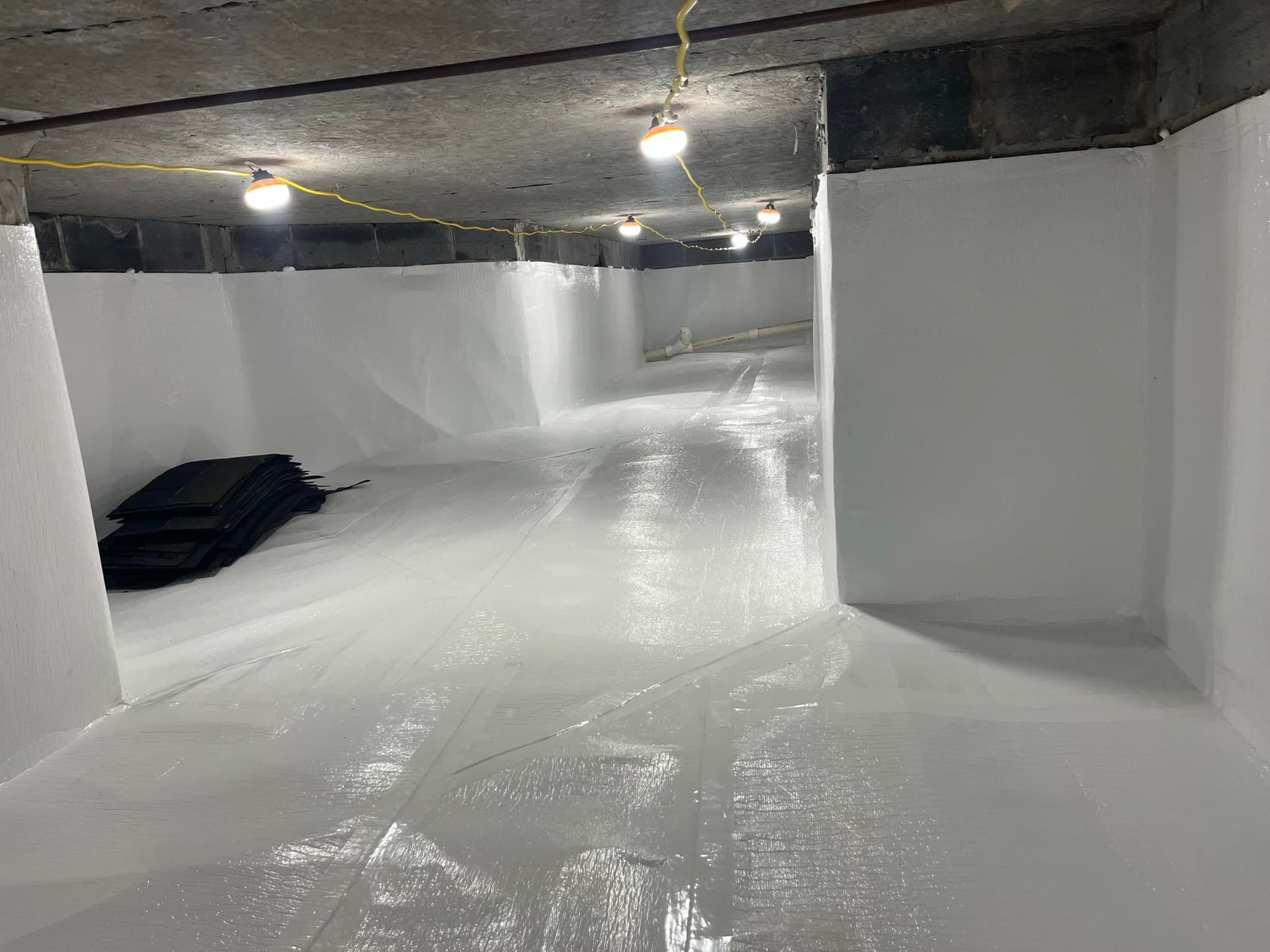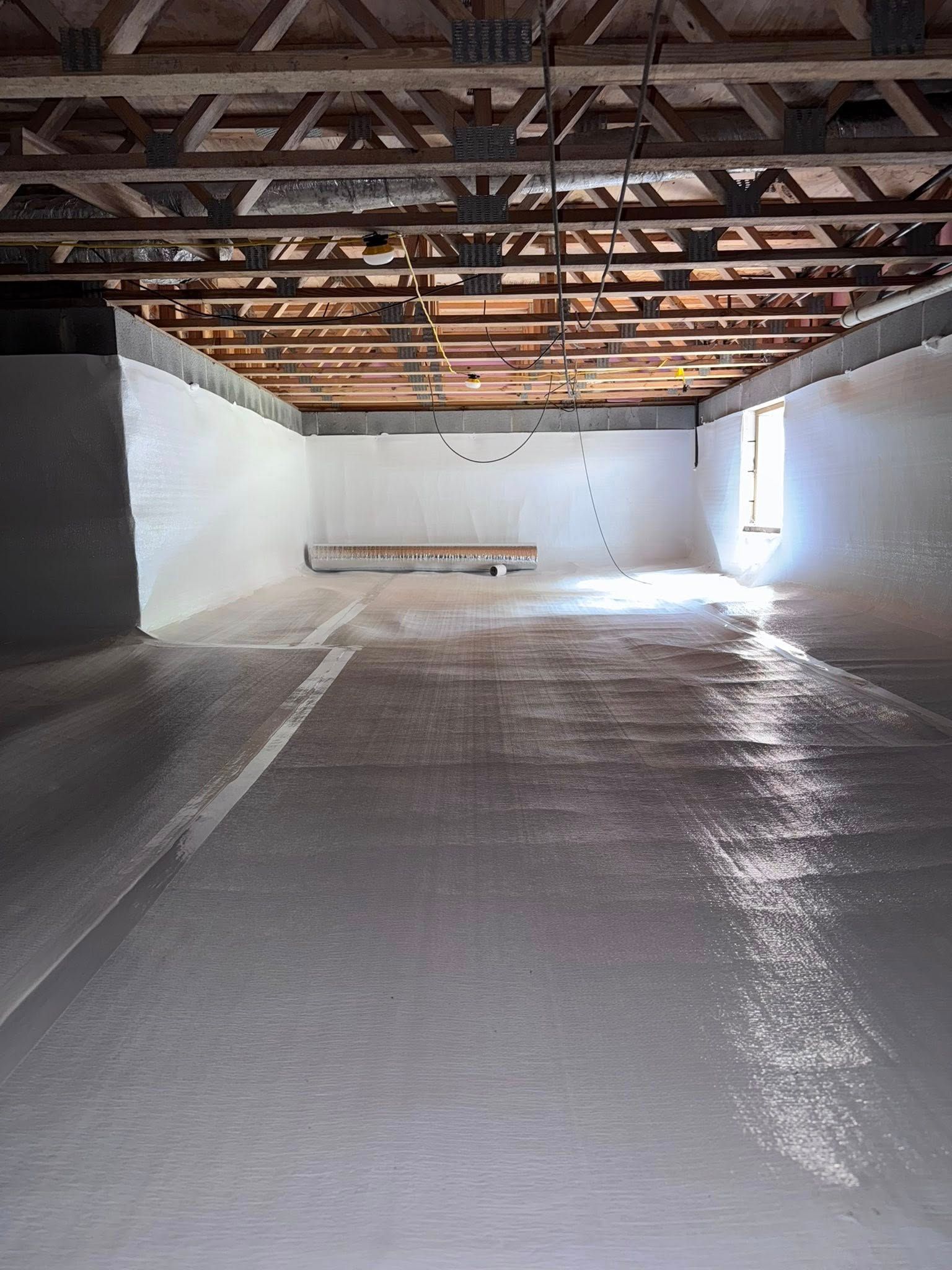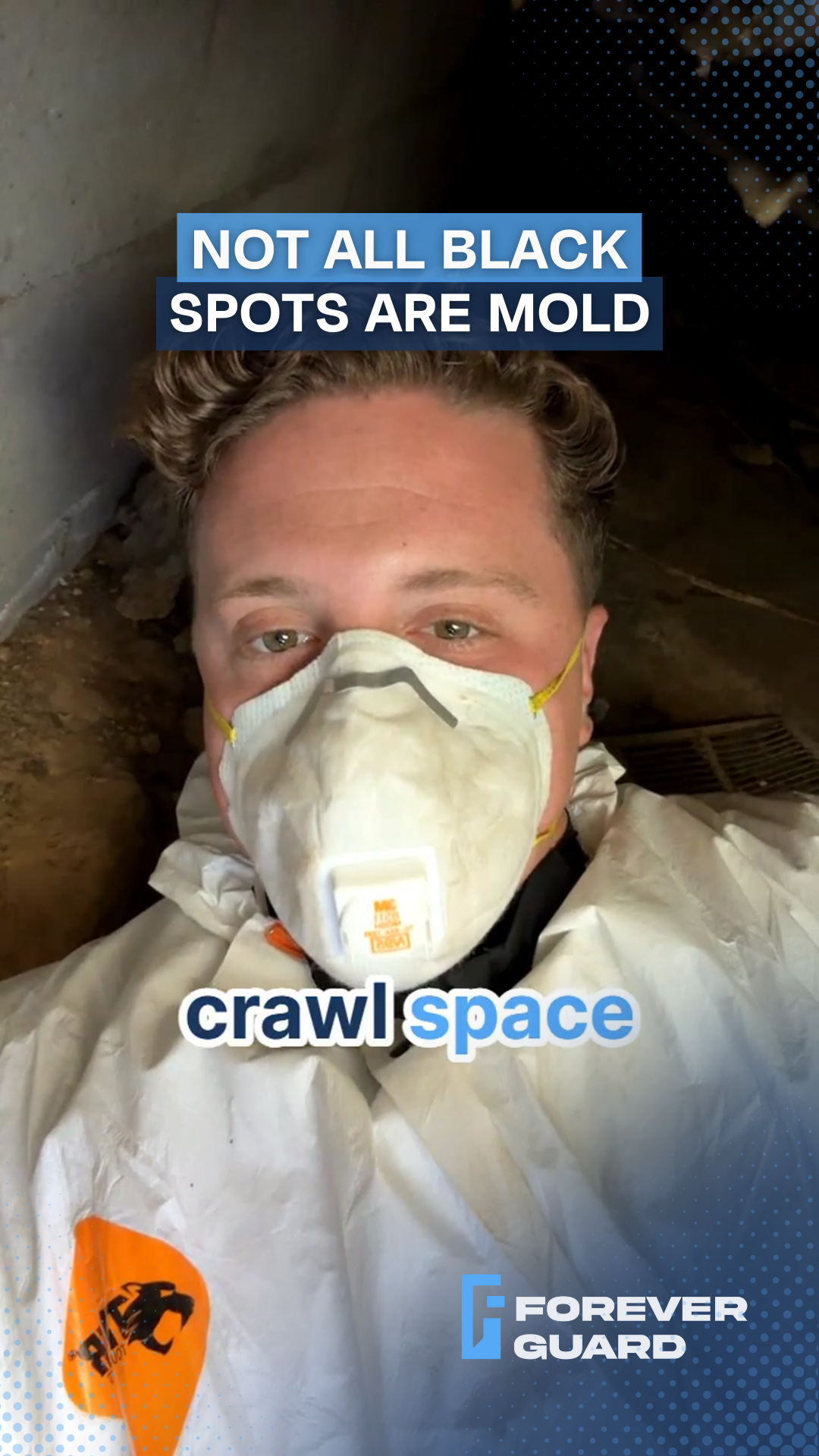Signs Your Crawl Space Company Cut Corners (And What It Costs You)
Don't Let Amateur Work Put Your Home at Risk
A professional crawl space inspector reveals costly mistakes that could be hiding under your home
I just left a crawl space inspection in Crossville that perfectly shows why "good enough" can end up costing homeowners double.
The homeowner hired a company to encapsulate their crawl space, thinking they were protecting their investment.
Instead, they got work so poor they'll have to pay to have it all done again.
This isn't just about being picky.
Every mistake I found under this home threatens its structure and the family's health.
From vapor barriers falling off the walls to improperly installed equipment, nothing about this job was actually protecting the home.
The worst part? These aren't rare problems.
I see these same shortcuts taken by inexperienced companies all the time, leaving homeowners thinking they're protected when they're not.
Red Flag #1: The Vapor Barrier Test
The first thing I noticed in this Crossville crawl space was the thin, 6 mil vapor barrier already falling apart. This is like using a plastic grocery bag when you need a heavy-duty contractor bag - it might look fine at first, but it won't hold up when it matters.
Here's what I found:
- Holes throughout the barrier
- Material peeling off walls
- Tears around support posts
- Inadequate sealing at seams
Professional encapsulation uses 125 mil barrier - that's 20 times thicker than what this company installed. Why? Because proper vapor barriers need to:
- Handle maintenance foot traffic
- Resist tears during installation
- Last for decades, not months
- Actually keep moisture out
When companies use thin barriers, they're not saving you money - they're guaranteeing you'll pay twice.
Red Flag #2: Dehumidifier Disasters
When I checked the dehumidifier in this crawl space, it was like bringing a paper fan to cool a gymnasium. The unit they installed simply can't handle the space. This isn't just about comfort - an undersized dehumidifier runs constantly without ever solving your moisture problem, driving up your electric bill while your crawl space stays damp.
What makes it worse? Even this inadequate unit wasn't installed properly. A professional installation includes:
- Correct sizing for your space
- Proper condensate drainage
- Secure mounting
- Strategic placement for maximum effectiveness
Red Flag #3: Sump Pump Problems
The sump pump situation I found would be funny if it weren't so dangerous. Picture this: a pump just sitting on the ground, its float switch unable to work. That's like having a smoke detector with dead batteries - it gives you false security while providing zero protection.
A proper sump pump installation needs:
- A correctly sized basin
- Proper float switch placement
- Secure mounting
- Reliable drainage system
Without these basics, you're one heavy rain away from a flooded crawl space.
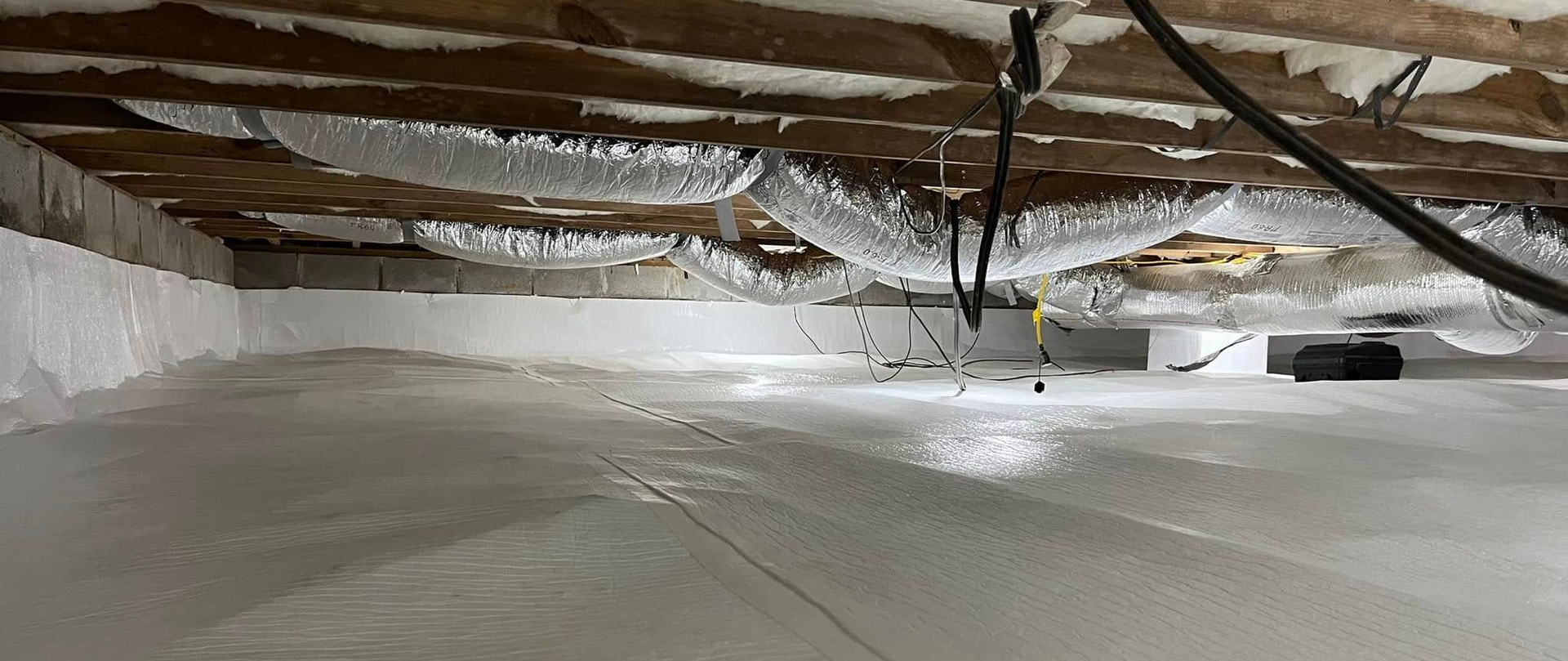
Red Flags #4-6: The Details That Matter
Sometimes it's the little things that reveal the biggest problems. In this crawl space, I found:
- Backward Insulation
The insulation literally had "THIS SIDE TOWARD SUBFLOOR" printed on it - and it was installed the wrong way. This isn't just careless; it reduces your insulation's effectiveness and wastes energy. - Unsealed Vents
They left vents unsealed in an "encapsulated" space. That's like installing windows but leaving them open during a storm. - Poor Door Sealing
The crawl space door might as well have been a welcome mat for moisture and pests. Proper sealing isn't optional - it's essential for maintaining the encapsulation system.
Each of these "small" mistakes adds up to one big problem: a crawl space that's not actually protected.
Protect Your Investment
Look, I get it. When you're hiring a crawl space company, it's hard to know what to look for. You can't be expected to be an expert - that's our job. But you can protect yourself from sub-par work by knowing what questions to ask and what to verify.
Here's Your Protection Checklist:
Ask About Materials:
- What thickness vapor barrier do you use? (Should be at least 12 mil, ideally more)
- How do you size dehumidifiers? (Should be based on space calculations, not guesswork)
- What type of sump pump system do you install? (Should include proper basin and backup)
Verify Experience:
- Ask for before/after photos of similar jobs
- Request references from jobs completed over a year ago
- Look for detailed answers, not vague promises
Check Their Process:
- Get a thorough inspection first
- Ask for clear explanation of their approach
- Make sure they have a solid warranty
Don't let your crawl space become someone's training ground. The cost of doing it right the first time is always less than paying twice for repairs. If you're concerned about your crawl space or want a professional inspection, we're here to help protect your home the right way.
